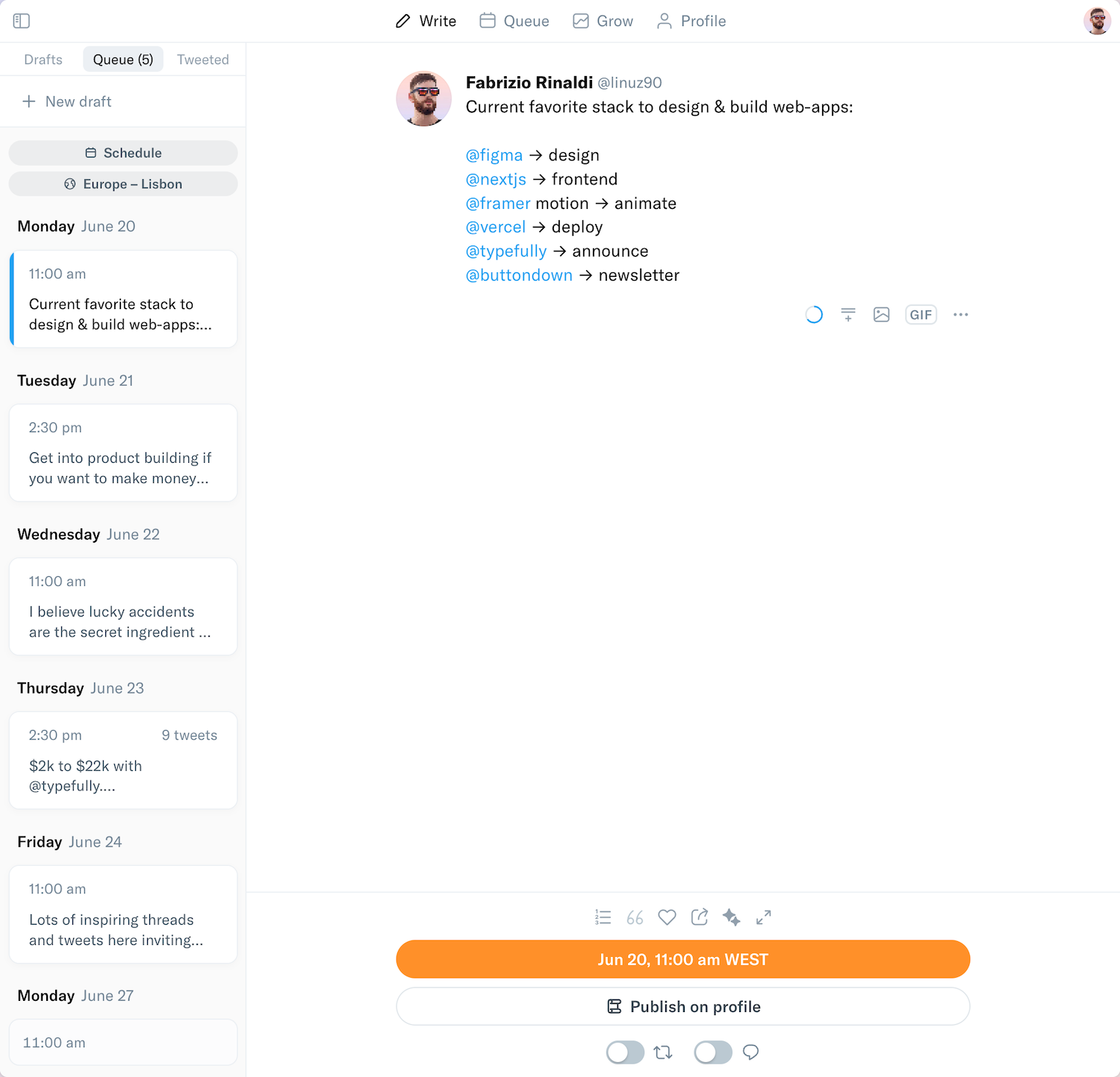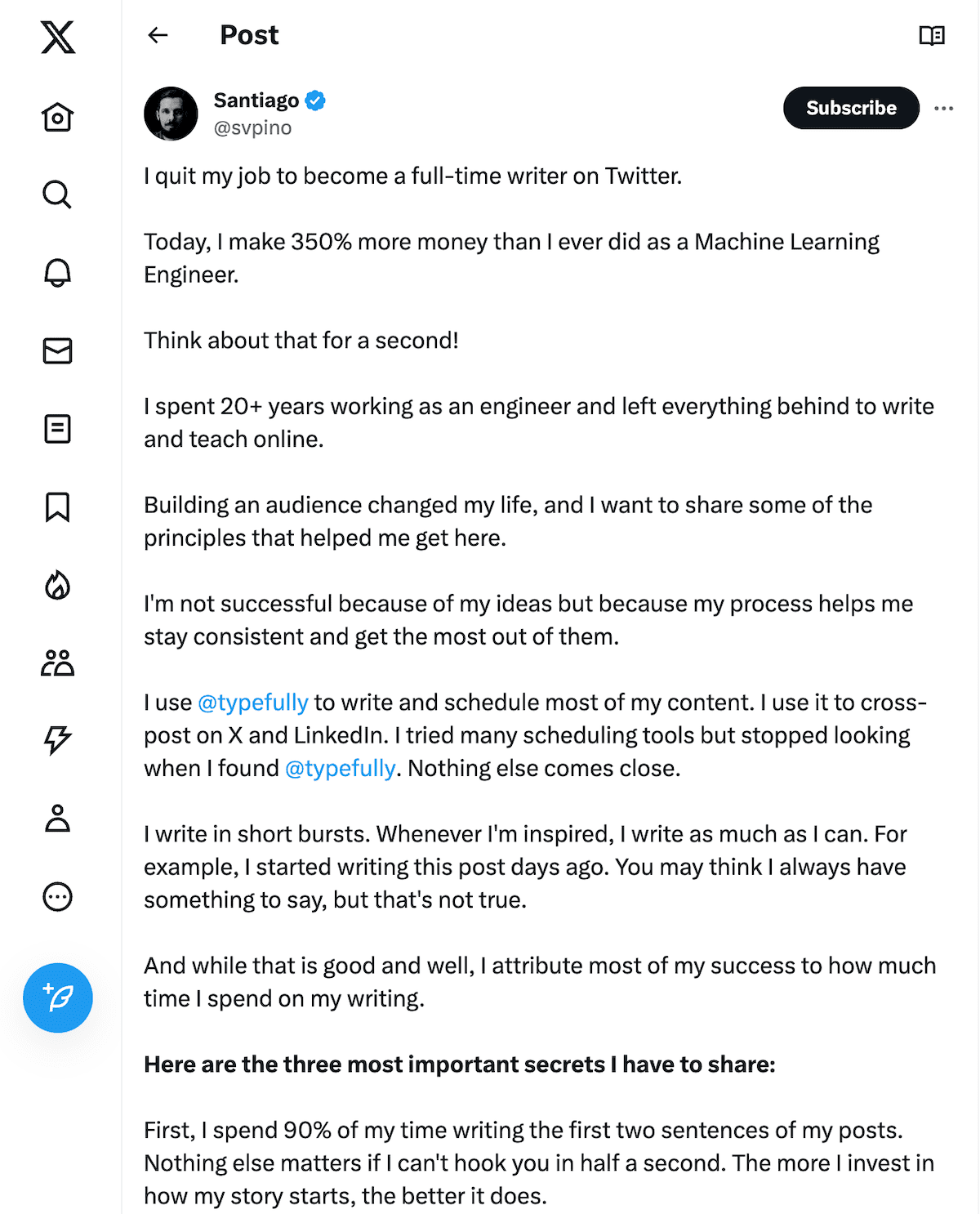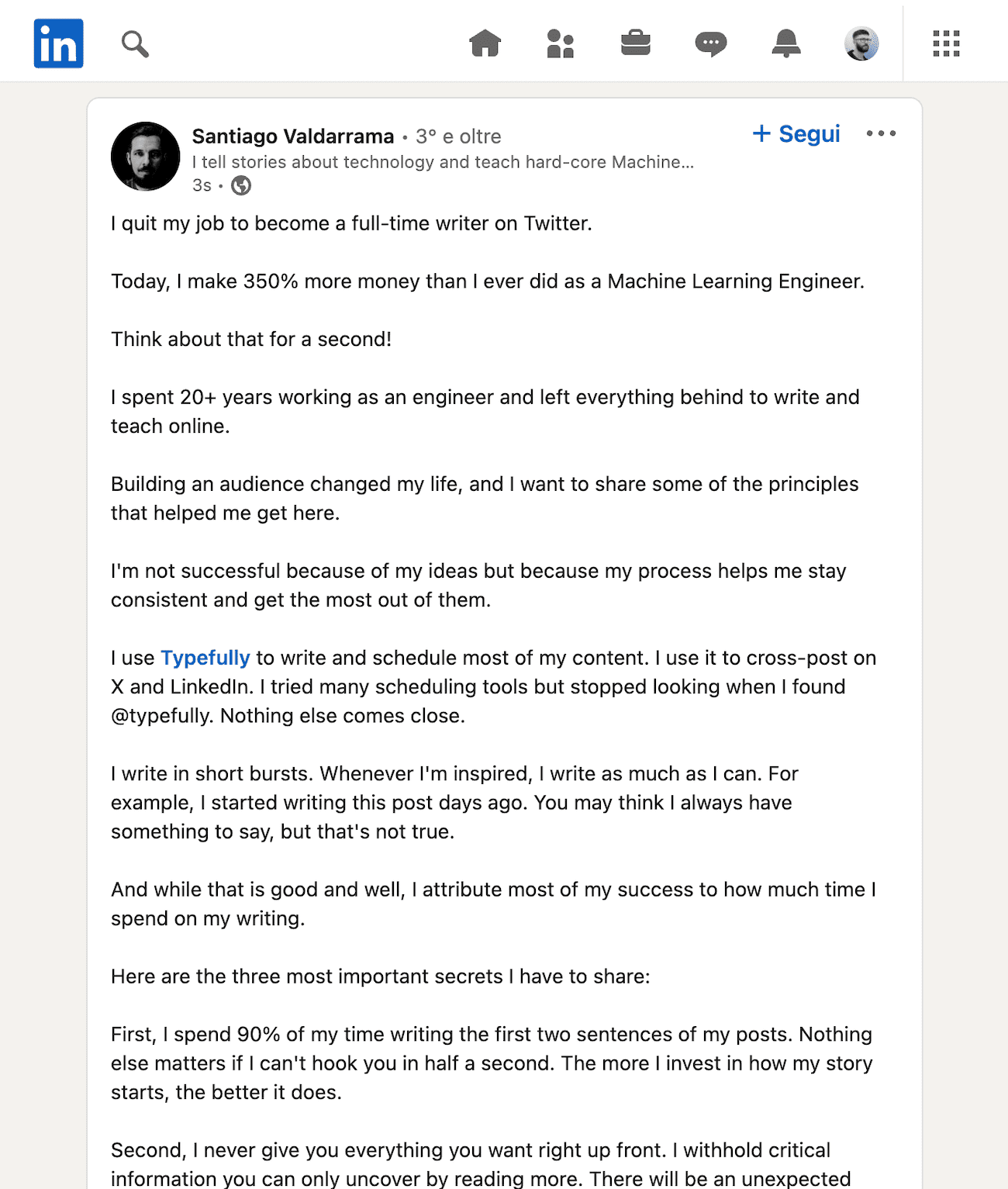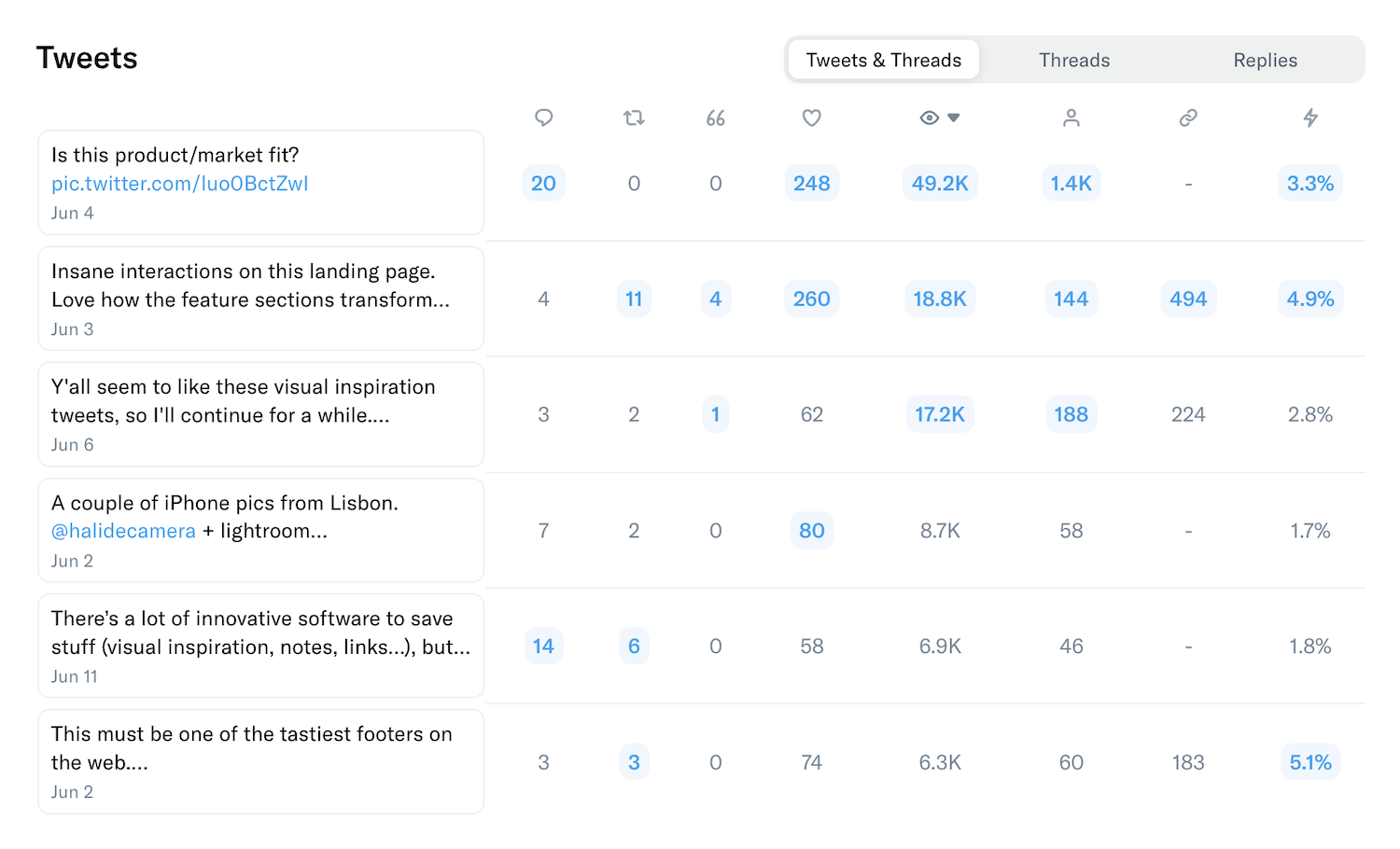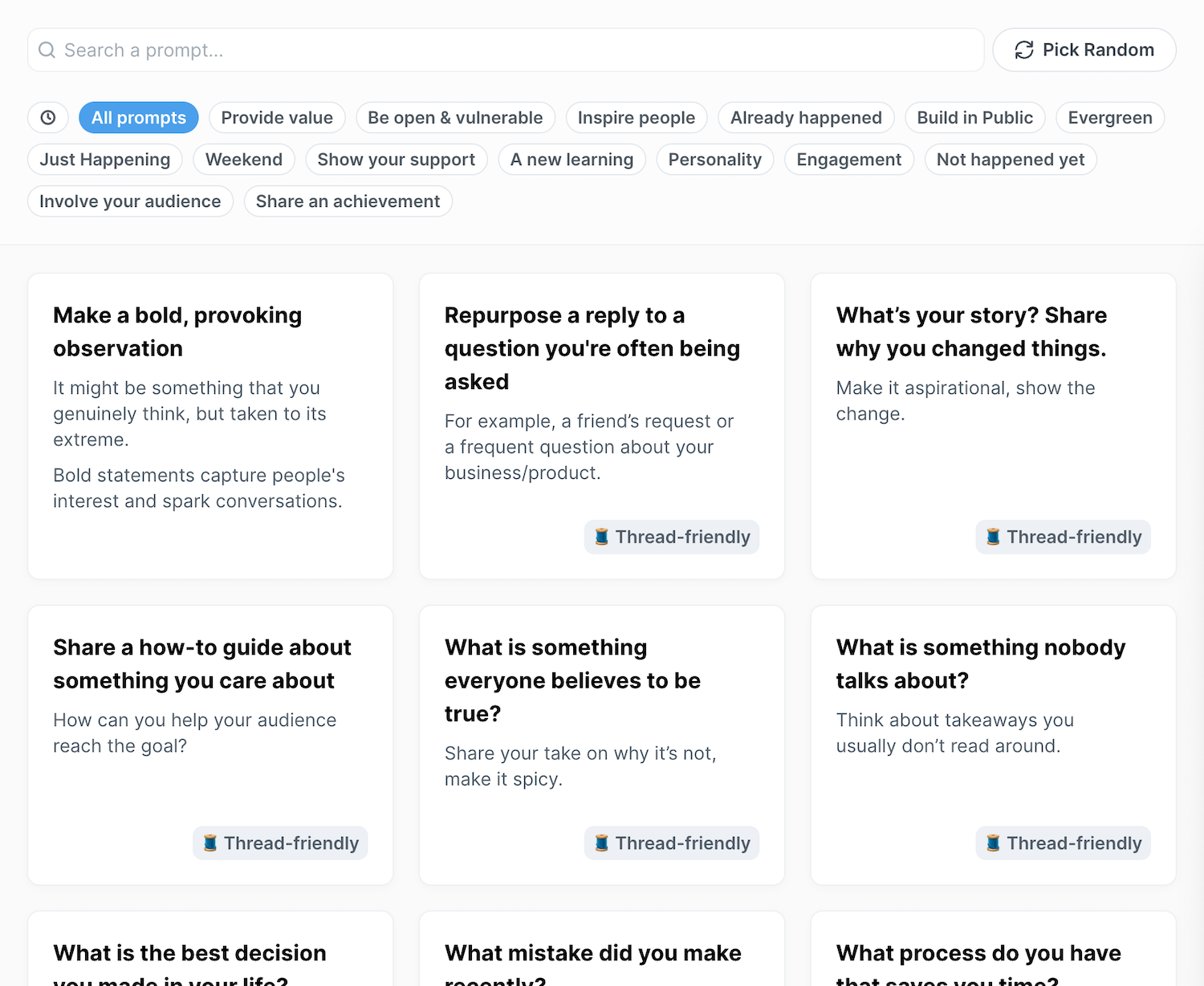1/ #GM
Let’s talk DeFi yield. What are the types (and sources) of yields in DeFi? How we are headed towards a more sustainable model, with #realyield. In this #visualthread, we will discuss all you need to know about DeFi yield.
#Blockchain #Crypto #Bitcoin #Ethereum $ETH $BTC
2/ Disclaimers.
Before we move forward, please note that this thread merely aims to share our understanding of the topic, and should not be taken as financial advice.

3/ Patron and Support
We also would like to say appreciation and thanks to our patron, @Candlestick_io analytics platform.
If you want to join, you can use this link to get $25 discount
candlestick.io/?referral=5e549a59

4/ Easy come easy go.
It used to be common in #DeFi to see sky-high (1,000+%) #APYs that do not make sense to your normies. They wonder, how and where does the #yield come from? They’re right, it doesn’t make sense — mostly derived from price and easily falls upon dilution.

5/ Types of yield.
There are two main types of #yields — 1) token-specific yield and 2) token-agnostic yield. The former is comparable to CAC in Web2 and the latter is relevant to cash flows in Web2.

6/ Token-agnostic yields.
Token-agnostic yields are driven by demand for the underlying product/service offered by a project, and thus they are (generally) more predictable and sustainable.

7/ Token-specific yields.
When used correctly, they are a strong tool to bootstrap networks (i.e., solve the ‘cold start’ problem). However, this model relies on speculators and thus is not as robust as token-agnostic #yields.

8/The balance.
The two types of yield can (and should) coexist, to bootstrap and sustain growth. Finding the right balance is not at all an easy task, and each project has to find its own.

9/Yield aggregators (YA).
YA operate in vaults (pooled capitals). By working in vaults, relevant fixed costs (e.g., network fees, etc.) are shared among depositors and enable a higher compounding frequency. Broadly speaking, they help adjust risk profiles or maximize yields.

10/ #RealYield.
Real yield will be more than a trend/narrative, it will be a necessity (for most models at least). Real yield models would enable more “realistic” or fair valuations of these projects based on their earnings/ perceived values.

11/ PMF?
Real yield is considered compulsory as it provides us with another dimension, to more easily distinguish which projects are sustainable and which are not. However, distributing value too early may hinder the potential growth trajectory of a project.

12/ The future.
To reiterate, a mixture of both incentive methods should be used simultaneously. Each project should find its own balance, only can the true value of tokens be highlighted.

13/ References

14/ #Omake! we also prepared the #audiovisualthread experience for this thread. Please put your 🔊on to tune in!
🎵 Immovable as The Mountain - Yi Nantiro -
epidemicsound.com/track/Y7WbT3m7WO/
#DeFi #Blockchain #Cryptocurrency #Bitcoin #Ethereum $ETH #Arbitrum #Yield #Farming #RWA
15/ Additionally you can check general #yield across protocol in this @DefiLlama page below:
cc:
@llamaintern
@0xngmi
defillama.com/yields
15/ Tagging #DeFi Legend:
@0xSami_
@Mikey0x_
@AndreCronjeTech
@blocmatesdotcom
@scupytrooples
@DegenSpartan
@milesdeutscher
@thedefiedge
@LouisCooper_
@TheCryptoDog
@CrossChainAlex
@ThorHartvigsen
@crypto_condom
@TaikiMaeda2
@phtevenstrong
@knowerofmarkets
@rektdiomedes
16/ And Fellow #DeFi Educator:
@byChadManDan
@NickDrakon
@ReveloIntel
@TheDeFinvestor
@crypto_linn
@mimiLFG
@DaoChemist
@launchy_
@0xCrypto_doctor
@Dynamo_Patrick
@jake_pahor
@Slappjakke
@MeetWawa
@BarryFried1
@SalomonCrypto
@CryptoDragonite
@VirtualKenji
@defi_mochi
@byChadManDan @NickDrakon @ReveloIntel @TheDeFinvestor @crypto_linn @mimiLFG @DaoChemist @launchy_ @0xCrypto_doctor @Dynamo_Patrick @jake_pahor @Slappjakke @MeetWawa @BarryFried1 @SalomonCrypto @CryptoDragonite @VirtualKenji @defi_mochi 17/ If you love our thread, please like, retweet, follow and share our #visualguide thread to support us!
Many thanks!
twitter.com/eli5_defi/status/1611777486773448707?s=20&t=fjsxWnU8Krn7bwl1YtBqqQ
